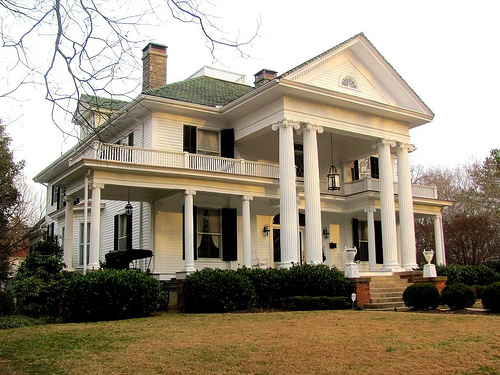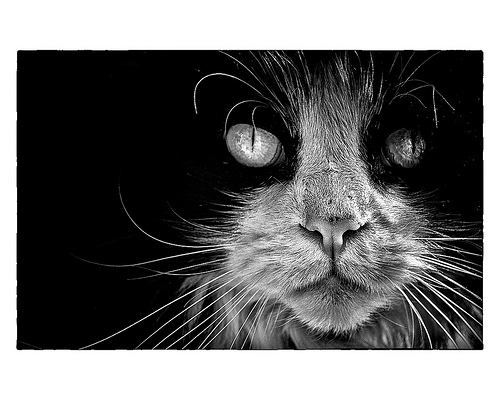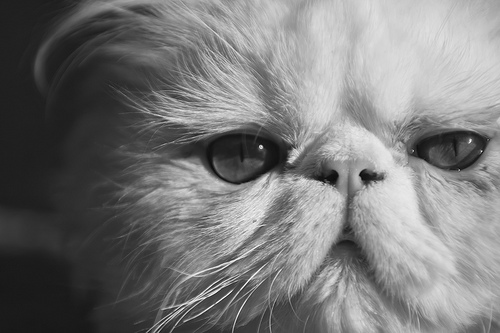Some cool domestic sourcing pictures:
1 Lassiter Home–Last Light

Image by Universal Pops (David)
This is a series of seven photos.
The Robert G. Lassiter House, characterized by its dramatic columns, is one of the most gorgeous of the many stunning residences in Oxford, North Carolina. It is a Neo-Classical Revival residence, built in 1908 by Robert Gilliam Lassiter and his wife Margaret Currin. This 2 1/two story residence nonetheless has the original green tile on the roof. Topping it is a little widow’s stroll. The most noticeable feature is the two-story portico with projecting pediment, supported by Ionic columns. In between the tall columns and the entrance are a row of smaller one-story Ionic columns providing the front porch area. These in turn support a deck and a balustrade, extending the front of the house. As one particular faces the property, a porte-cochère, complete with an old carriage, is on the left on the correct is a side entrance, once more using Ionic columns to support a small deck. The side entrance has leaded glass sidelights and a segmented transom. The front entrance also has leaded glass sidelights but has an impressive curved transom. According to the book Heritage and Homesteads, classical attributes and decorative components are present all through the house in the wainscoting, mantels and stairs.
It is in the Oxford Historical District and is on the National Register of Historic Locations #88000403 (added 1988).
Source of significantly data: Heritage and Homesteads of Granville County, North Carolina, published 1988 by The Granville County Historical Society, Inc. [On Discover Might 15, 2011 at #266]
This function is licensed below a Creative Commons Attribution-NonCommercial-ShareAlike three. Unported License. If you use this photo on your website, you require to provide a hyperlink to this web page.
Large Negative Boy

Image by thelearningcurvedotca
The Boy. 1 of our two cats. He is always coming home dirty, scratched up & missing chunks of fur (notice the 5 or six claw marks on his nose). I like this pic of him. He does have a extremely dark side and I think I got a bit of it in this image.
I’ve entered this pic of The Large Poor Boy in a Photo Competition at Competico. If you like the image, please consider taking a moment and providing it a vote. Information in this post on The Understanding Curve Homepage. (Sorry about the bounce from here to there to there but flickr keeps giving me an error everytime I attempt to post a direct hyperlink. The URL I am trying to post is a hyperlink to my profile which I just designed this morning but flickr thinks it is spam. If anyone has any feedback, let me know. Thanks.)
Shameless Self Promotion:
Homepage | Facebook | Twitter | 500px | Blogger | Blurb | fluidr | Google+ | JPG Magazine | LinkedIn | Tumblr
Prints:
ArtSlant | ArtWanted | Bluecanvas | CafePress | Fine Art America | Photobox | RedBubble | Untapped Source | Zazzle
Garley the Persian cat

Image by arash_rk
The Persian (Persian: گربه ایرانی ) is one of the oldest breeds of cat. In Britain, it is called the Longhair or Persian Longhair. A Persian with out an established and registered pedigree is classed as a domestic longhair cat.
The 1st documented ancestors of the Persian have been imported from Persia into Italy in 1620 by Pietro della Valle, and from Turkey into France by Nicholas-Claude Fabri de Peiresc at about the exact same time[1]. From France they quickly reached Britain. The longhaired cats from Persia had been interbred with Turkish Angoras[2]. Their look then differed tremendously from today’s normal[3]. Hundreds of years of selective breeding made Persians cobbier cats with drastically shorter muzzle. It is not clear when longhair cats (in general) first appeared, as there are no African Wildcats (believed to be ancestors of domesticated cats) with that kind of fur. There have been claims that the gene responsible for lengthy hair was introduced by means of hybridization with Pallas cat. Recent research even so refutes this theory[four].
Supply: Wikipedia